Buy local, use efficient shipping
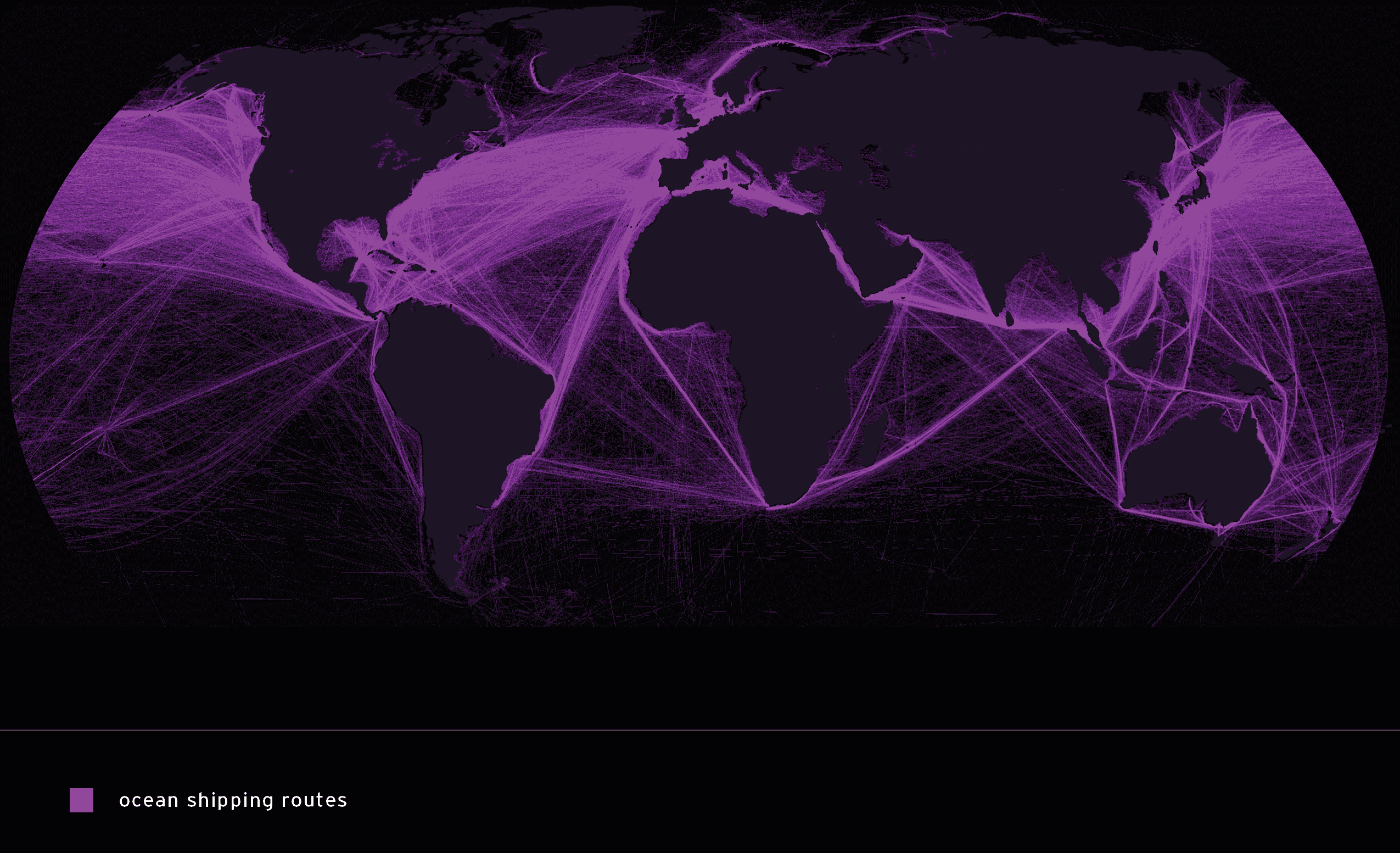
ABOUT 90% OF THE WORLD'S TRADE TRAVELS BY SHIP - 60,000 VESSELS MOVING 11 BILLION TONS OF GOODS EACH YEAR - ACCOUNTING FOR ABOUT 3% OF GLOBAL GREENHOUSE GAS EMISSIONS.
With more efficient ships and decreased consumer demand, we can cut global climate emissions by 1-2% while reducing traffic and collisions with marine megafauna like sharks and whales.
map sources: Shipping density (commercial). A Global Map of Human Impacts to Marine Ecosystems, showing relative density (in color) against a black background. Scale: 1 km. B.S. Halpern (T. Hengl; D. Groll) / Wikimedia Commons.
Annual CO2 Emissions from freight transportation
Even in air and sea shipments, ground transport (trucking) is required to take the cargo from its place of origin to the airport or seaport, and deliver it to the consumer once arrived.
Sources: intro text - "Global shipping industry faces headwinds over going green" William Booth. Washington Post. July 3, 2023. | Project Drawdown. | emissions from freight graphic - U.S. EPA, Draft Inventory Of U.S. Greenhouse Gas Emissions And Sinks: 1990-2003, February 2005. Wikipedia. Ninety Percent of Everything: Inside Shipping, the Invisible Industry That Puts Clothes on Your Back, Gas in Your Car, and Food on Your Plate,” Rose George, 2013.
THE TRUCKING INDUSTRY IS CONSUMING MORE FUEL THAN ANY OTHER, WHILE SIMULTANEOUSLY BURNING THAT FUEL WITH THE LEAST EFFICIENCY.
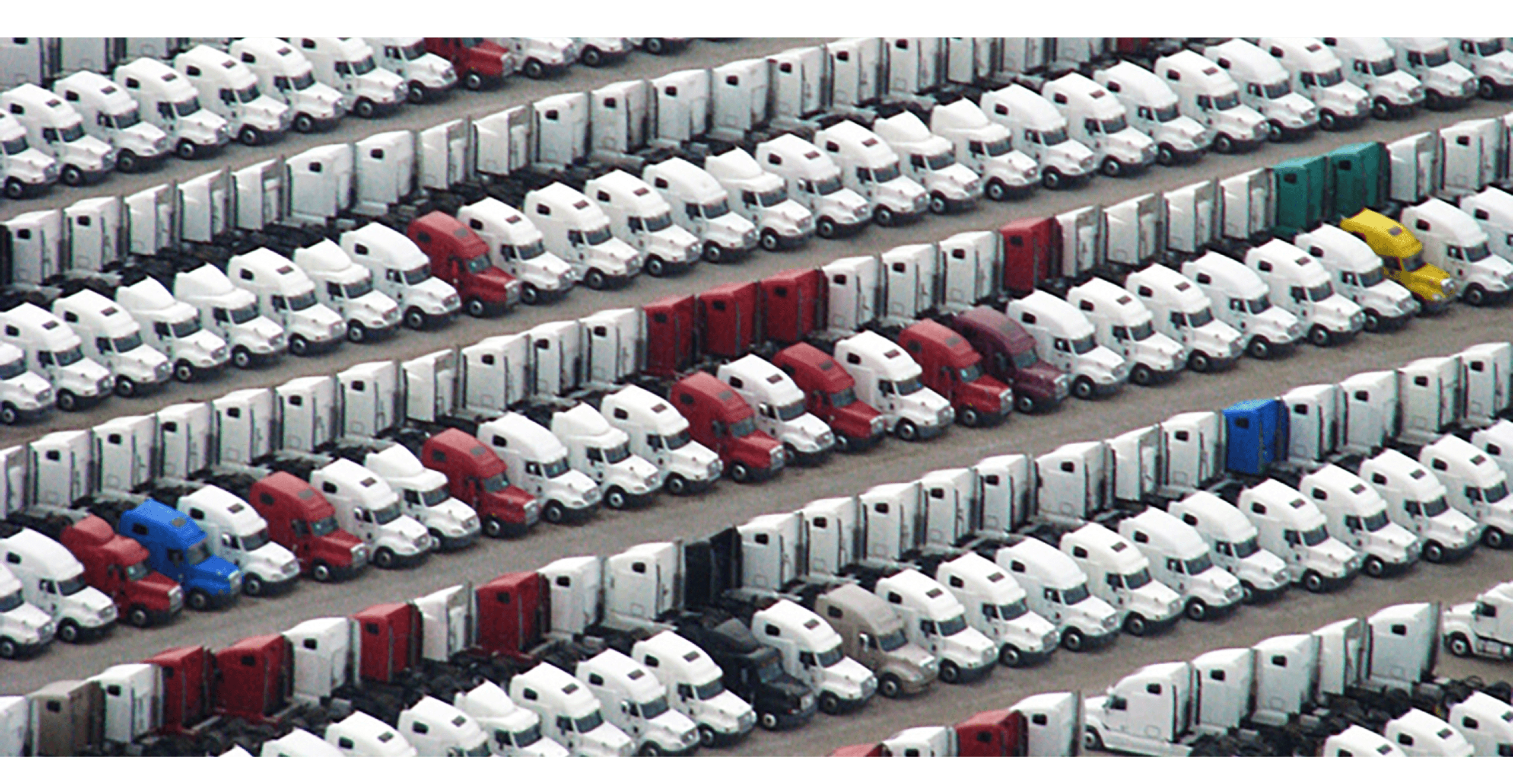
Smoke and particulate emissions for diesel trucks may be 10 times those for a passenger car and possibly more if operating with heavy loads or if the engine is poorly maintained.
Source: Greenpeace. The World Bank Group.

LONG HAUL TRAINS ARE 3 TIMES MORE FUEL EFFICIENT THAN TRUCKS.
Freight rail moves more than 70% of the nation’s coal, 58% of its raw metal ores, and more than 30% of its grain, which amounts to approximately one third of all U.S. exports.
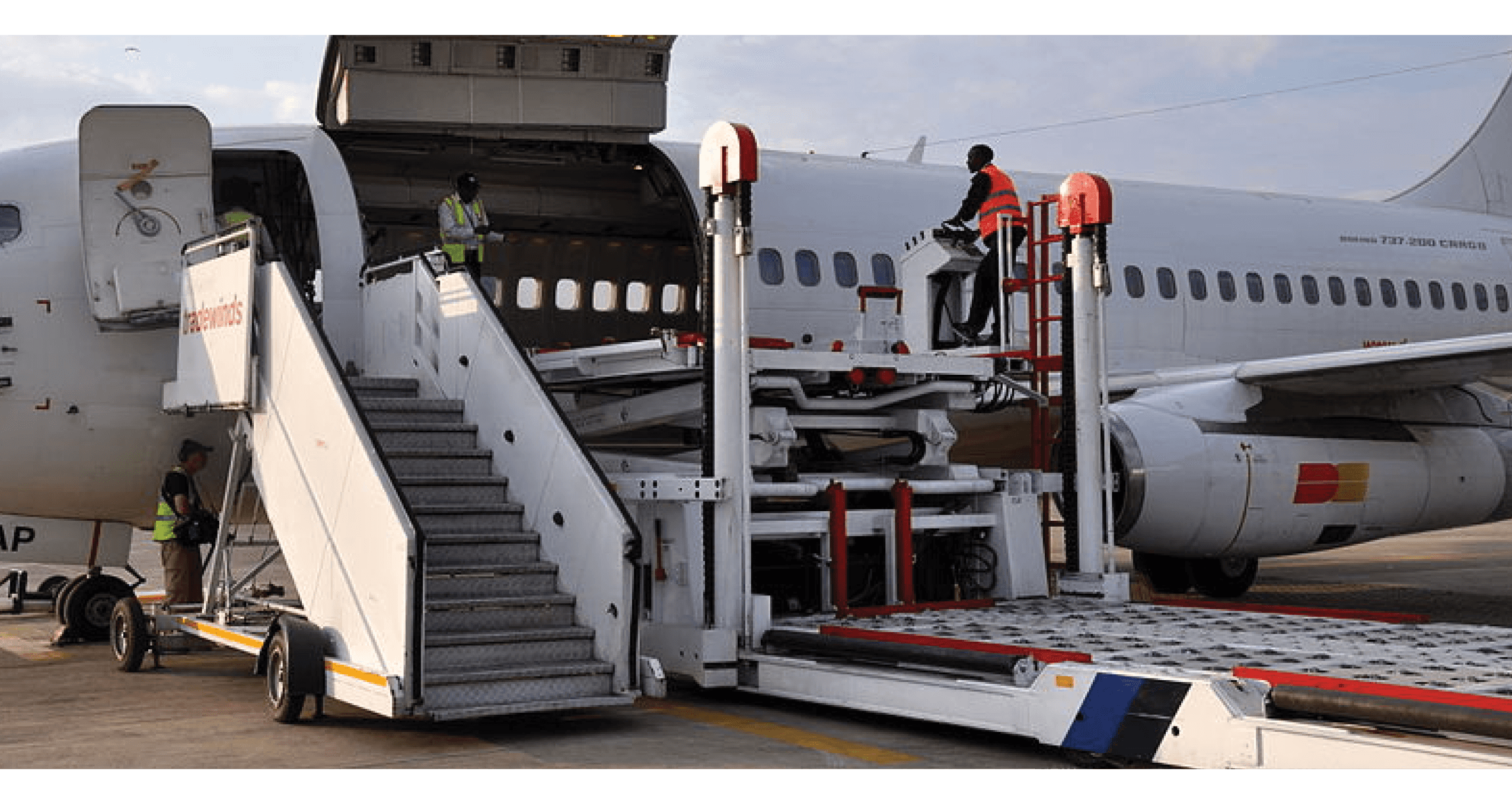
In 2005, the import of fruits, nuts, and vegetables into California by airplane released more than 70,000 tons of CO2, which is equivalent to more than 12,000 cars on the road.
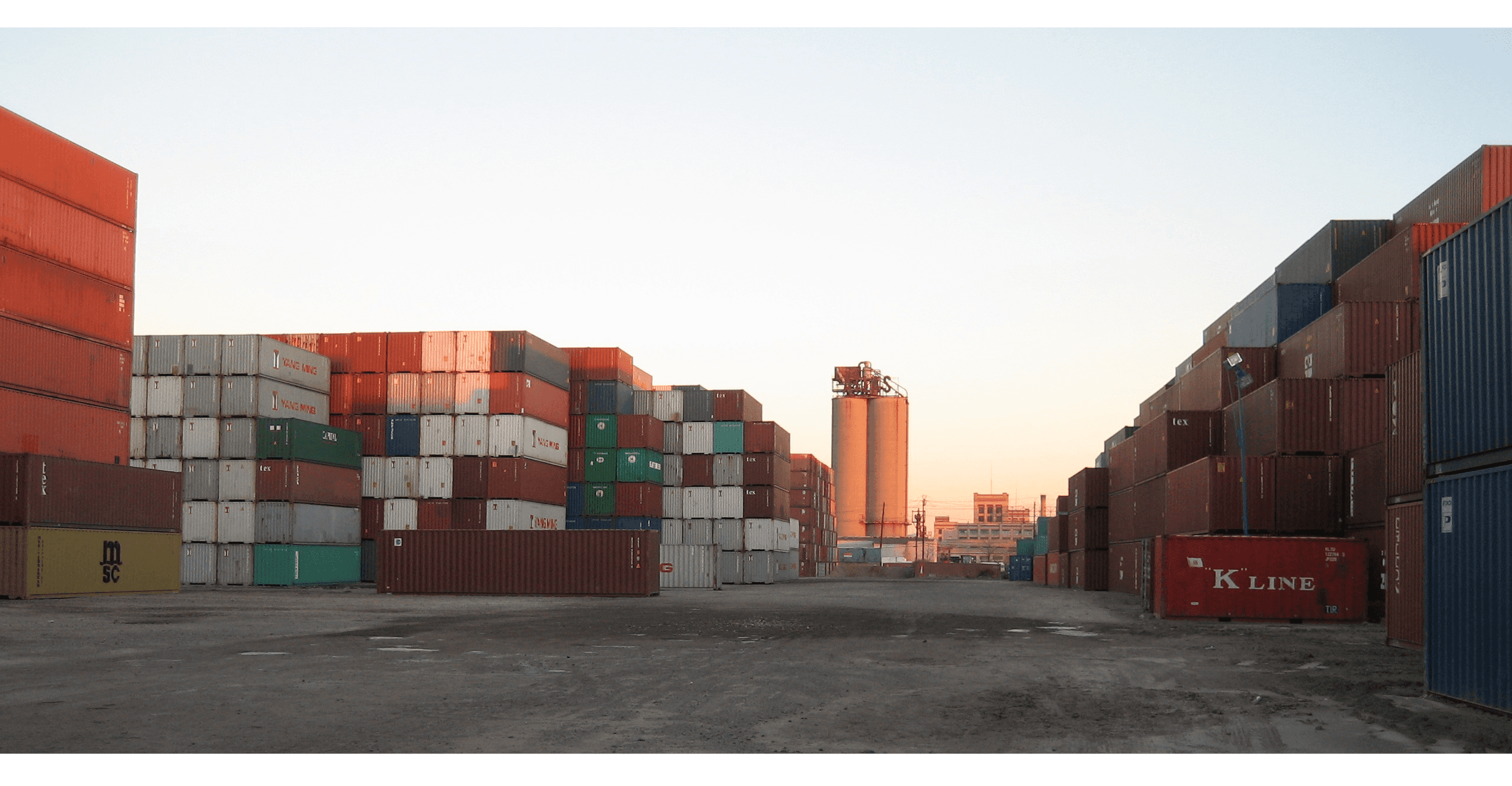
A TYPICAL AMERICAN MEAL CONTAINS INGREDIENTS FROM AT LEAST FIVE COUNTRIES OUTSIDE THE UNITED STATES.
We are importing fish ($17 billion), fruit ($12 billion), and vegetables ($11 billion) for our dinner plates, while exporting soybeans ($26 billion), meat and poultry ($18 billion), and corn ($10 billion) to meet world demand.
sources: trucking - Greenpeace. The World Bank Group. | freight rail - http://selectusa.commerce.gov/industry-snapshots/logistics-and-transportation-industry-united-states.html| air freight - NRDC. https://food-hub.org/files/resources/Food%20Miles.pdf.| American meal and imports - NRDC. http://www.foodsecurity.ac.uk/
BUY LOCAL GOODS

HOW FAR YOUR FOOD TRAVELS HAS SERIOUS CONSEQUENCES FOR YOUR HEALTH AND THE CLIMATE.
By buying local, your food won’t have to travel long distances by planes, trains, trucks, and ships, which all consume energy and contribute to global warming and unhealthy air quality. Plus, you get the added benefit of what many chefs are saying is fresher, better tasting food on your table.
Next solution
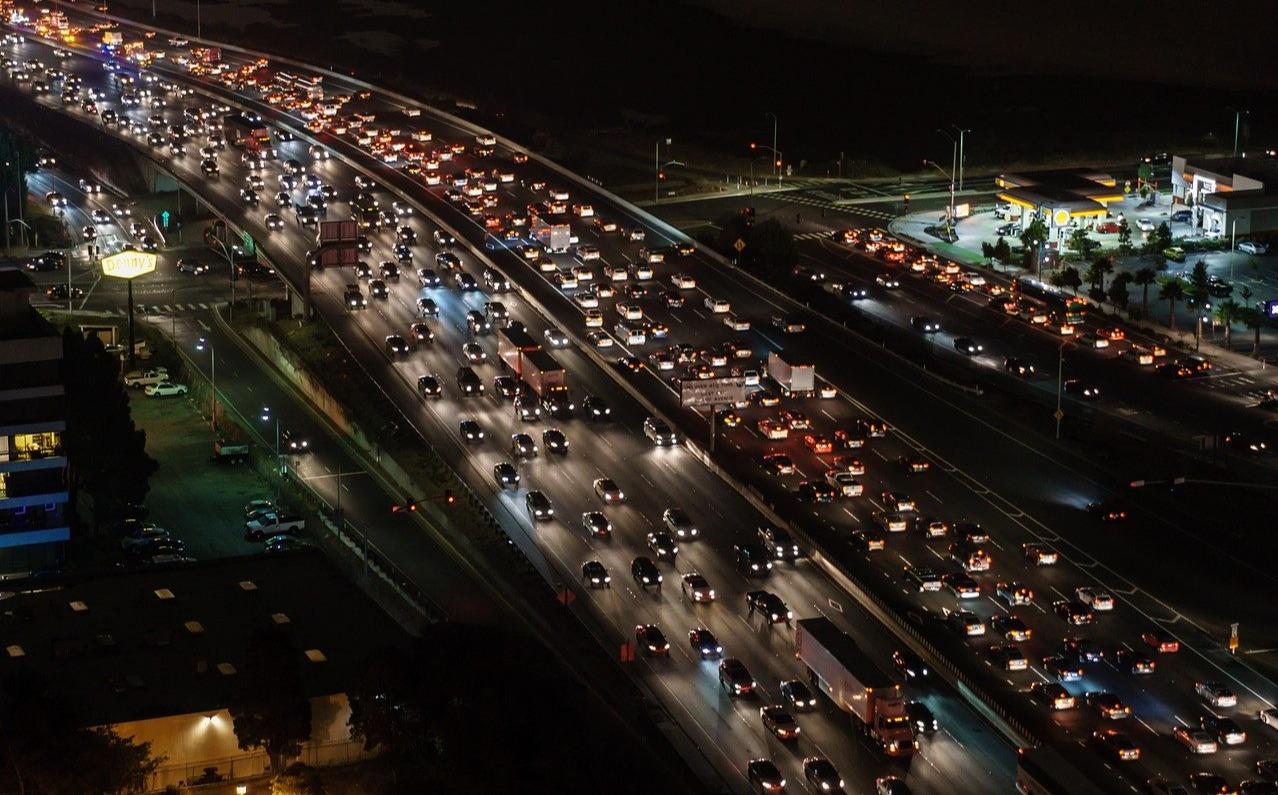


Learn about Maya Lin’s fifth and final memorial: a multi-platform science based artwork that presents an ecological history of our world - past, present, and future.

Discover ecological histories and stories of former abundance, loss, and recovery on the map of memory.

Learn how we can reduce our emissions and protect and restore species and habitats – around the world.

See how art can help us rethink the problems we face, and give us hope that each one of us can make a difference.

Help make a global memorial something personal and close to home. Share your stories of the natural world.